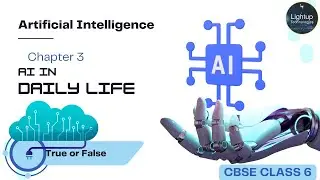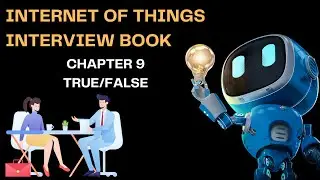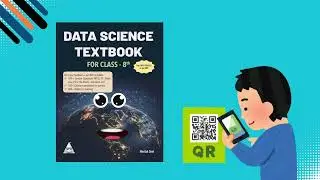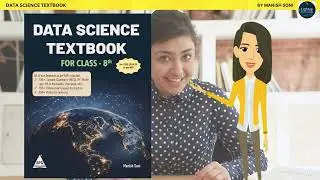Cracking the Coding Interview - Chapter 12: Code Library Design
Welcome to Chapter 12: Code Library Design, the final chapter in our Cracking the Coding Interview series! 🎯
In this video, we’ll focus on the design and creation of code libraries, a topic often overlooked in interview preparation but critical for developers aiming to advance their software engineering careers. Whether you're building a reusable utility library, a framework component, or designing modular, clean code for large-scale applications, this chapter will help you think like an architect and write code that’s elegant, reusable, and scalable.
Top companies like Google, Amazon, Microsoft, Meta, and others look for candidates who can not only solve problems but also write code that can be reused and extended efficiently. This video covers the principles of library design and how to prepare for design-oriented coding interview rounds.
🔑 What You’ll Learn in This Video:
1️⃣ What is Code Library Design?
Understanding the purpose of reusable code libraries.
Why library design is crucial for scalability, maintenance, and efficiency.
Real-world examples of libraries (e.g., NumPy, Boost, Spring, etc.).
2️⃣ Key Principles of Library Design
Modularity: Designing components that are self-contained and easy to integrate.
Reusability: Writing code that reduces duplication and improves efficiency.
Extensibility: Allowing users to customize or extend library functionality.
Readability: Writing clean, clear APIs with meaningful names and documentation.
Efficiency: Optimizing code for both performance and usability.
3️⃣ Steps to Design a Code Library
Step 1: Define the goal and scope of the library.
Step 2: Identify core functionality and use cases.
Step 3: Structure your library with clean APIs and modular components.
Step 4: Test for robustness with unit tests and edge cases.
Step 5: Document the library for easy understanding and use.
4️⃣ Best Practices for Library Design
Writing simple, easy-to-understand APIs that developers love.
Handling error cases gracefully and providing meaningful messages.
Adding meaningful documentation and usage examples.
Optimizing for performance while keeping the design clean.
5️⃣ Real-World Examples
Case studies of popular libraries and frameworks:
Python: NumPy, Pandas, Requests
Java: Spring Framework, Apache Commons
C++: Boost Library
JavaScript: Lodash, React Component Libraries
6️⃣ Coding Interviews and Library Design
How to prepare for system or code design interviews involving reusable code libraries.
Demonstrating clear thought processes, clean APIs, and robust testing.
Common questions and expectations around designing small libraries or frameworks.
7️⃣ Common Mistakes to Avoid
Over-engineering the solution.
Writing overly complicated APIs that are hard to use.
Ignoring proper testing and documentation.
Failing to design for future extensibility.
💡 Why Code Library Design Matters
Code libraries are at the heart of scalable software development. Companies look for engineers who can:
✅ Design modular, clean, and reusable components.
✅ Solve problems that can scale across projects.
✅ Understand real-world software engineering principles.
By mastering library design, you’ll:
Elevate your coding skills from solving problems to architecting solutions.
Stand out as a well-rounded software engineer.
Prepare for interviews involving design questions at top-tier tech companies.
🚀 Who Should Watch This Video?
Developers preparing for system design or architecture interviews.
Engineers looking to improve their modular design and clean coding skills.
FAANG aspirants aiming for senior-level roles where design plays a significant role.
By the end of this video, you’ll understand the principles, process, and best practices for designing robust, reusable code libraries.

![Complete online adult ballet center [30 minutes]](https://images.videosashka.com/watch/IgZEpRMQ-cE)





























